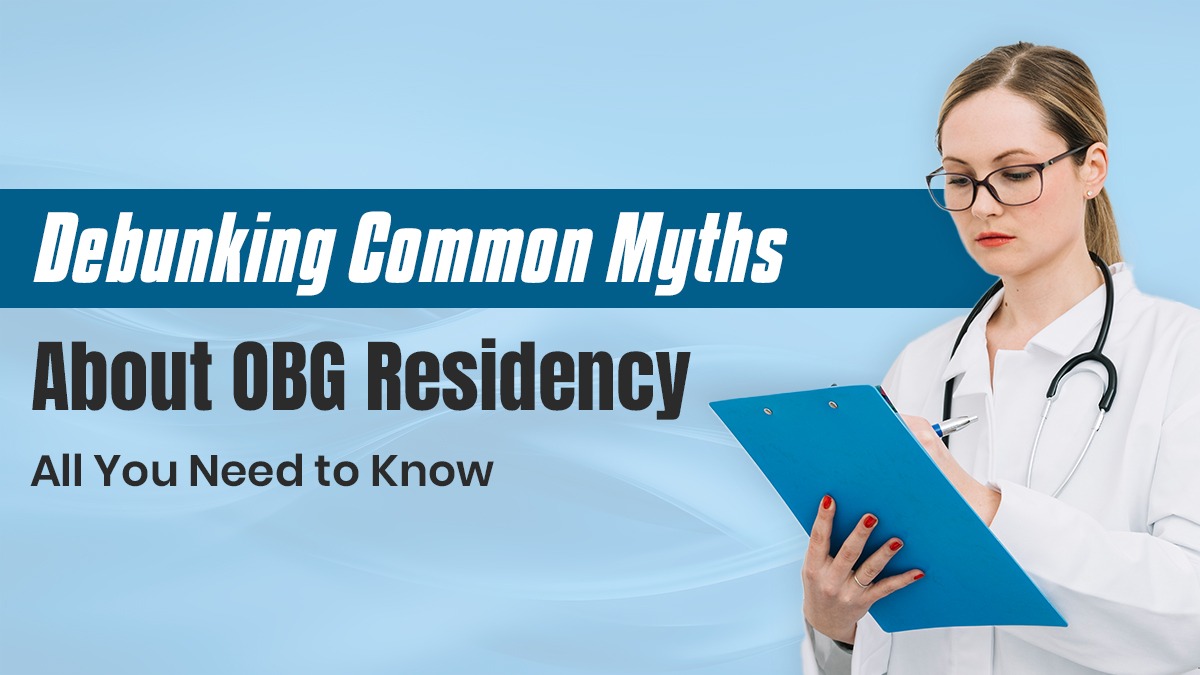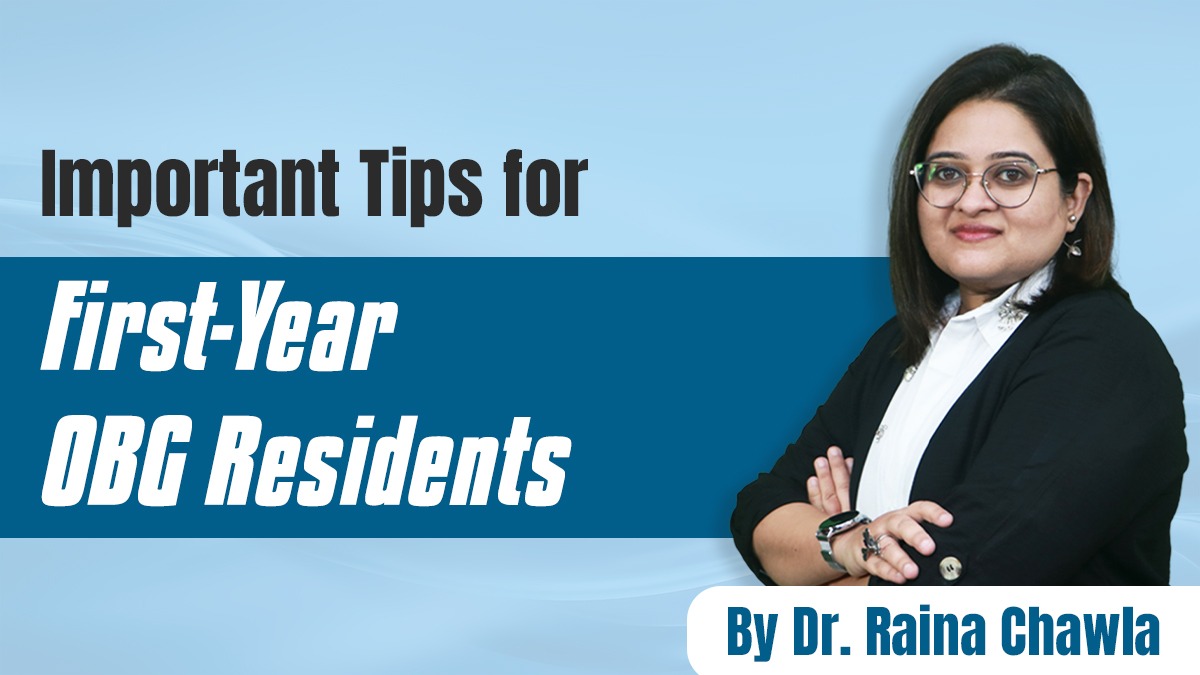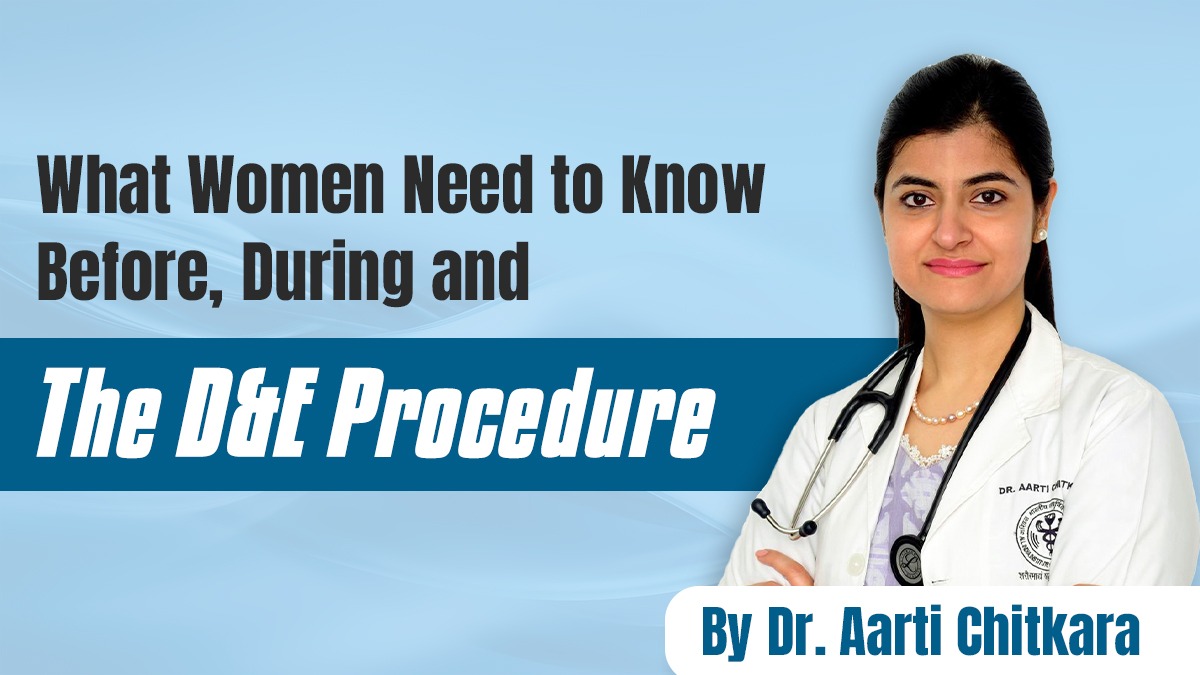Estimated reading time: 4 minutes
As an OBG resident, preparing for the DNB practical exam can be daunting due to the wide range of topics, the unpredictability of the examiners, and the intense pressure. However, you may confidently ace the practicals if you have the correct plan, a clear approach, and the necessary tools.
Let’s know more about the DNB practical exam and how Conceptual OBG can help you:
1. Get Familiar with the Exam Format
First and most important, know your battlefield. The DNB practical exam normally comprises:
- Long Cases and Short Cases: Taking of history, examination, discussion on diagnosis, and management.
- Viva Voce: Drugs, instruments, specimens, imaging, and steps of surgery.
- OSCE Stations: Objective questions with instant, accurate, and well-structured responses.
See, the DNB practical exam is designed to check your evaluation skills, clinical reasoning, presence of mind, and memory.
2. Structured Case Presentations
You need to get used to presenting cases in a logical, sequential manner. Examiners like clarity, clinical judgment, and a rational process of patient management over memorisation. Always:
- Begin with a clear history.
- Do a systematic examination.
- List differential diagnoses.
- Discuss management protocols confidently.
Tip: During your rounds, take mock cases seriously — present every patient as if you’re in an exam.
3. Revise High-Yield Topics
- Certain subjects are all-time favourites of examiners — obstetric emergencies, management of common gynecological malignancies, infertility workup, contraception, etc. Master these inside-out.
- Keep yourself abreast of recent guidelines (FOGSI, WHO, ACOG) — up-to-date knowledge is much valued.
4. Master the OSCE Format
- OSCEs examine you on applied knowledge. You will be required to interpret CTGs, recognise instruments, provide management protocols, or counsel a patient.
- Practising OSCEs makes you think clearly under pressure, organise answers neatly, and save precious time in exams.
How Conceptual OBG Helps You Ace the DNB Practical Exam?
Conceptual OBG knows the unique requirements of the DNB practicals. That’s why our platform is crafted to hone your skills not only theoretically but also practically. Here’s how:
- Structured Teaching: Our sessions prepare you to think structured, examiner-friendly, not just dump information, but present it logically, as would be expected during exams.
- Real-Life Case Scenarios: In our lectures, we simulate real-world patient situations to help you get clinical reasoning and diagnosis-making well ingrained for short and long cases.
- OSCE-Focused Preparation: We provide ample OSCE practice material and mock drills to make you feel at ease with the OSCE format and to be able to approach stations fearlessly.
- Guidelines and Updates: Conceptual OBG always includes the most up-to-date guidelines and protocols, which DNB examiners will ask you to quote.
3 Must-Read Books for Your Residency
Conceptual OBG offers a set of three books, which are especially crafted for all that you require for DNB practical success. These books are exclusive and available only to the premium subscribers of the Conceptual OBG platform.
1. DNB Master Solutions (2024–23) Vol. 1
- Comprises in-depth case discussions of the DNB practical exams of the year (2023-2024).
- Structured case methods, examiner questions, and model answers.
- Ideal to grasp recent trends and examiners’ expectations.
Click Here to check the sample: DNB Master Solutions (2024–23) Vol 1
2. DNB Master Solutions (2022–20) Vol 2
- A goldmine of case discussions from the 2022–2020 DNB exams.
- Management plans, practical insights, and examiner tips incorporated.
- Ideal for enhancing your clinical reasoning and answer structuring.
Click Here to check the sample: DNB Master Solutions (2022–20) Vol 2
3. OSCE Book
- Provides commonly asked OSCEs with model answers.
- Comprises instrument identification, drug charts, imaging interpretation, patient counselling stations, and so on.
- Designed to assist you in practising and refining your OSCE skills until they become second nature.
Together, these books ensure no part of your DNB practical exam preparation is left to chance.
Click Here to check the sample: OSCE Book
Note: These books are exclusively available for Conceptual OBG premium subscribers.
Conclusion:
Passing the DNB practical exam is not merely a matter of working hard — it’s a matter of working smart, with the right resources, and practicing regularly.
With the force of Conceptual OBG platform and the accuracy of our DNB Master Solutions and OSCE books, you can make your preparation process simpler and easily clear your exams.











